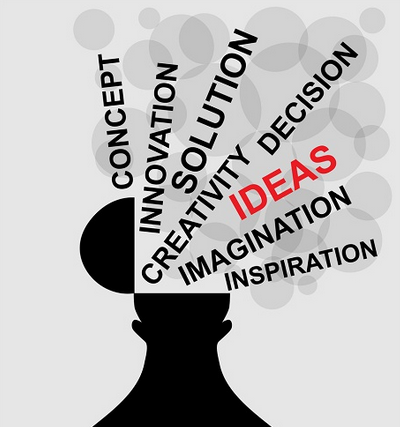Tag: marketing innovation examples

14 Surprising Secrets to Being Innovative in Marketing
A culture of marketing innovation in a business is an environment where traditions can be challenged. Your success in building an innovative culture in your business depends on making them happen. No business attribute is more important today as that of innovative, as many, many businesses are on the brink of irrelevance. Here we will…